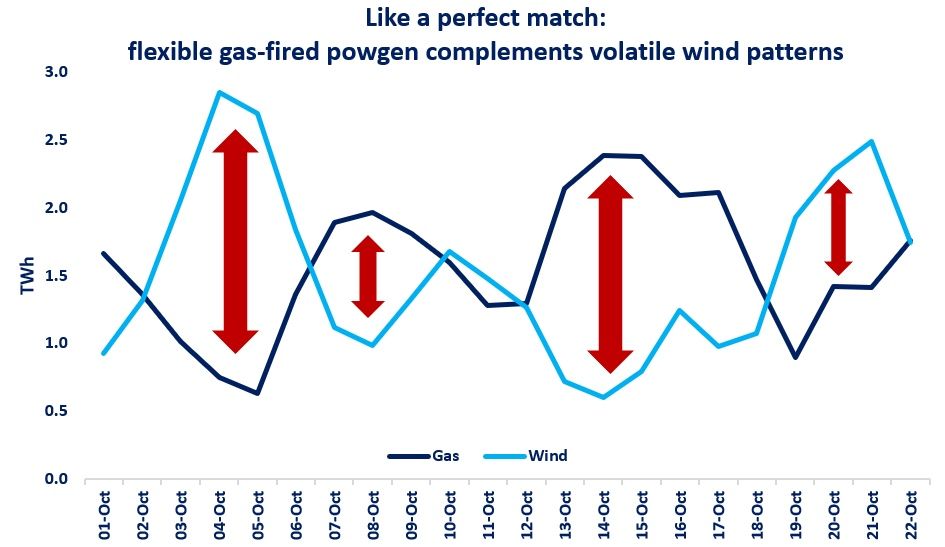

Gas price rally continues, with TTF Day-Ahead reaching its highest seasonal level since 2008. In comparison with January 2021, the Dutch prompt contract rose by more than €3/MWh, while in the last month and a half the growth was about €6/MWh. Impressive, isn’t it?
In any other case, the answer could possibly be positive but in the current market environment even the price of €30/MWh is not high enough to ensure a steady inflow of LNG to Europe.

In the latter part of June, LNG send-out from the European terminals declined to 1.66 TWh/d, its lowest point for the last four months, as suppliers preferred to direct a large part of cargoes eastwards. Asian buyers were increasing their trading activities on weather-driven demand during the second quarter, which in turn resulted in a wider JKM/TTF spread. Production issues reported at a number of US and Asia-Pacific export facilities only gave rise to buying interest among regional importers. If India had not experienced the Covid-19 outbreak of such scale, there could have been even less LNG available for Europe.
On top of that, Europe has come up against another barrier when competing for LNG cargoes. Amid severe drought that hit Brazil, which meets around three quarters of its electricity demand with hydropower, this month’s US LNG imports to the Latin American country are expected to nearly match the record high of December 2020.
Over the last two years, European players have become accustomed to ‘perfect storm’ conditions that regularly arise in the gas market. Feels like the market has been exposed to another one.
Source: Yakov Grabar
See original post by Yakov at LinkedIn.













